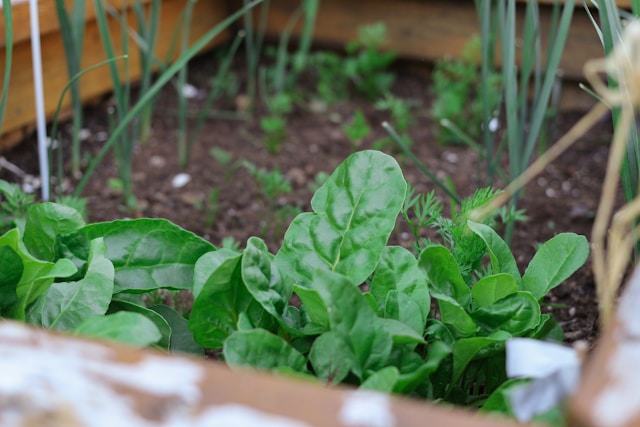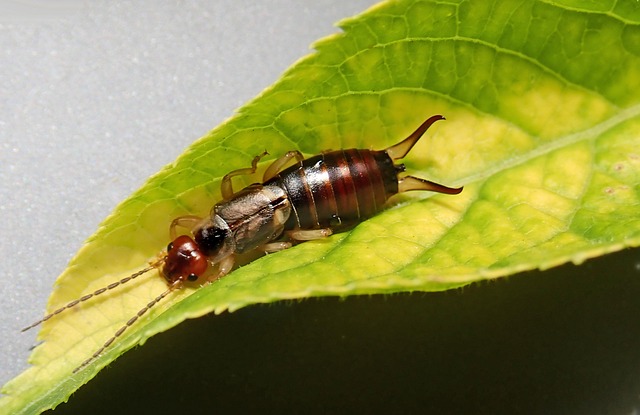Farm-to-table cooking starts with fresh ingredients. Growing your own veggies and fruits boosts flavor and nutrition. In Texas, we have long seasons and lots of sunshine. And rich soil and a pioneer spirit makes it perfect for farming. Planning and planting your kitchen garden connects you to nature. It cuts waste and trims grocery bills. You get to feel proud with every harvest. This guide will show you how to start and maintain a garden in the Lone Star State.
1. Plan your kitchen garden
Early planning makes a big difference. Start by mapping out sunny spots in your yard. Most veggies need 6 hours of sun a day. Sketch out bed layouts for efficient watering and easy access. Raised beds work great on sticky Texas clay. They warm up fast in spring and prevent soil compaction. They also promote root growth. A clear plan makes chores simple and your garden productive.
2. Choose the right land
A bigger lot means endless options. You could put in an orchard or a coop. If you need more room, consider fertile acres. It lets you rotate crops and add perennials. If you want space to expand, consider buy land in Texas. Open land increases property value and gives you the freedom to try new varieties. It also makes future projects easier to plan. Just make sure to check water access first.
3. Build healthy soil
Soil health is key to strong crops. Start with a test from your county extension. It will tell you pH and nutrient gaps. Texas soil is generally alkaline so plan to add sulfur. Make sure to mix in compost before planting. Worm castings boost microbial life. Also plant cover crops like clover to fix nitrogen. Make sure to turn them under before they flower. Healthy soil reduces pest issues and lowers fertilizer needs. It also builds flavor in every bite.
4. Water efficiently
Texas heat demands smart irrigation. Drip lines deliver water directly to the roots, reduces evaporation. Soaker hoses work great in beds and water early in the morning to avoid fungus. Make sure to mulch with straw or grass clippings to keep the soil cool and trap moisture. Mulching also stops weeds. Also collect rainwater in barrels for dry spells and check hoses for leaks and repair promptly. Consistent moisture helps plants set fruit and thrive.
5. Choose Texas-friendly crops
Choose Texas-friendly crops. Cool season crops like kale, spinach and carrots go in October. They can tolerate light freezes and taste sweeter after a chill. Heat loving plants like peppers, okra and eggplant go in late spring. Tomatoes do well in containers or ground beds. Choose disease resistant varieties to minimize losses.
Additionally, plant dwarf citrus in pots for winter shelter, then move them indoors when frost threatens.
6. Container gardening
Container gardening suits small spaces. Use large pots on patios or balconies, and fill them with potting mix and compost. Tomatoes, herbs, and lettuces do well in containers. They drain quickly and warm fast. Be sure to group pots for easy watering, and rotate containers to follow the sun. You can tuck them on decks or along walkways. They add green beauty and fresh bites at arm’s reach.
7. Extend the growing season
Extend your growing season with simple tricks. Build low tunnels with PVC and row cover. They protect your plants from frost and pests. Lay shade cloth over beds to block the intense summer sun. It prevents leaf scorch on sensitive greens. You should also try succession planting. Sow quick-maturing seeds every few weeks. This keeps your kitchen stocked through long seasons. You can stagger harvests and avoid glut overload.
8. Building community through gardening
Invite neighbors for a garden tour, host a porch potluck with fresh salads, and swap seeds and seedlings each spring. In addition, teach your kids to plant and water trays. Let them taste spinach leaves straight from the soil. Show them how a seed becomes dinner, and record annual yields in a journal. These moments foster curiosity and healthy habits. They also strengthen community bonds. Everyone benefits when produce passes from hand to hand.
Endnote
Growing your own produce in Texas takes effort. It also brings rewards. You taste peak ripeness each time you bite. You also gain confidence as plants thrive under your care, save on groceries while eating cleaner, and build ties with neighbors over shared seeds and meals. In addition, your home garden becomes a place of calm and creativity. Every harvest adds joy to cooking. Start today, and enjoy garden-fresh flavor all year.




